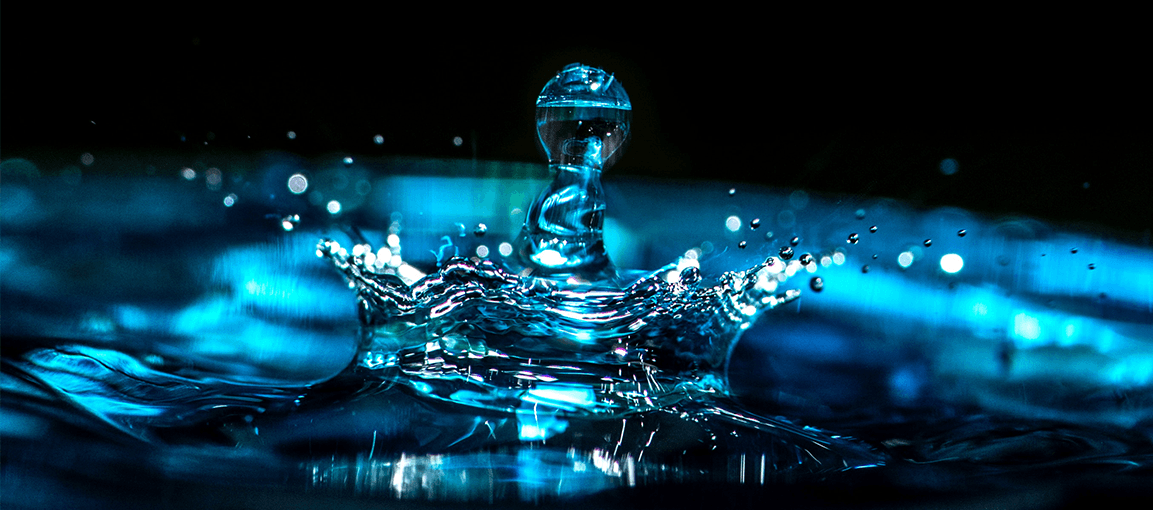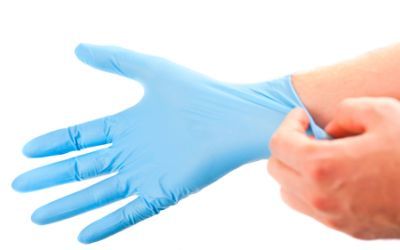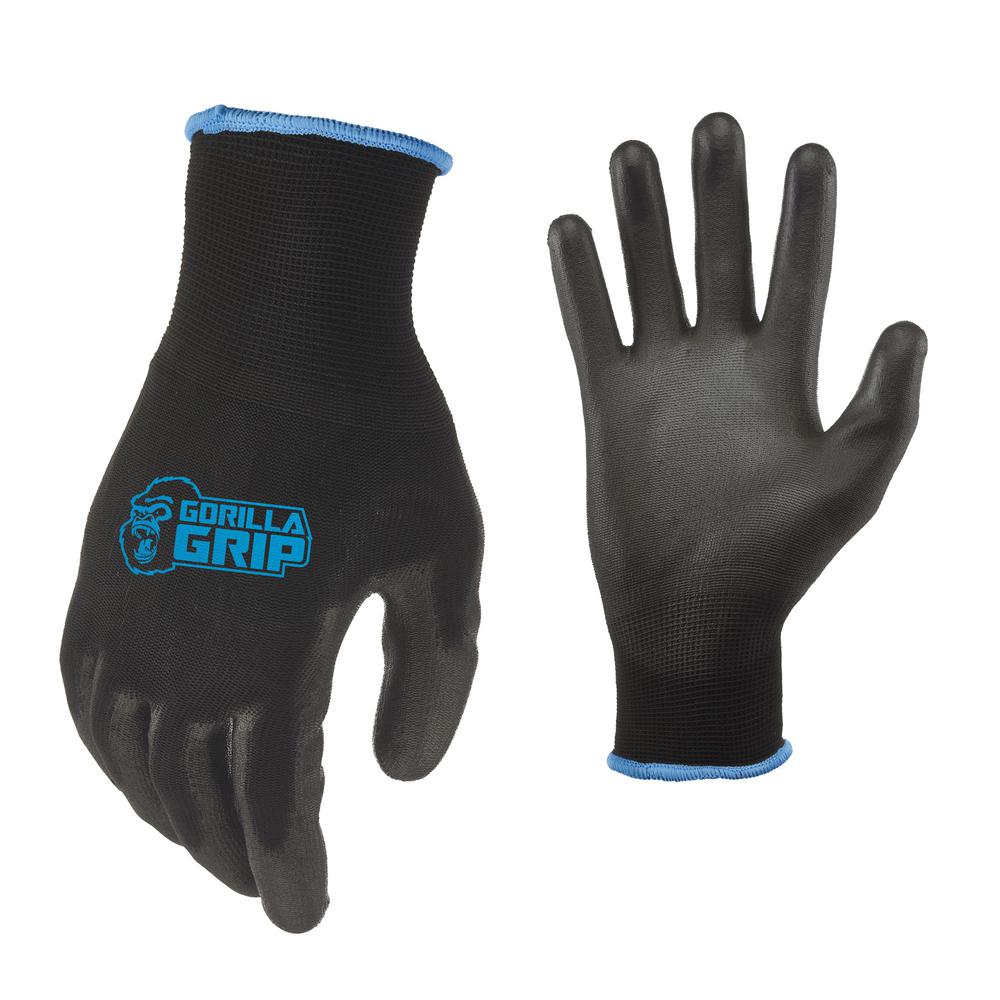Types of gloves examined number of brands included sterile latex seven sterile vinyl four nonsterile latex six and nonsterile vinyl seven.
Are vinyl gloves impervious to water.
Thinner lighter gloves offer better touch sensitivity and flexibility while chemical resistance is sacrificed.
It s worth noting that latex gloves and nitrile gloves are generally more waterproof than vinyl gloves.
While glove barriers are not impervious to microorganisms montville et al.
Sampling was done from one box of each brand.
All of these factors contribute to the water resistance of a vinyl glove.
Vinyl is a synthetic non bio degradable protein free material made from polyvinyl chloride pvc and plasticizers.
2001 evidence shows that performing a combination of regular glove changes and effective hand hygiene techniques is important in minimising the risk of cross contamination.
Vinyl gloves are less resistant to snags and punctures than latex gloves so if they re punctured or snagged water can enter them.
Glove thickness is stated in either mils or gauge.
Glove thickness is usually given in the unit mils which is equal to one one thousandth of an inch.
Fifty gloves from each box were filled with 300 ml of water the standard test used by the american society for testing and materials.
Disposable gloves squish clear vinyl gloves latex free powder free glove health gloves for kitchen cooking food handling 100pcs box x large 4 5 out of 5 stars 3 941 20 99 20.
Therefore a glove that is 10 mil is 0 010 inches thick.
According to korniewicz et al.
It is very cheap to make making the gloves very inexpensive to.
Glove manufacturers generally state that doubling the thickness of a glove quadruples the breakthrough time of the chemical.
A 10 gauge glove equals 10 mils or 0 010 inches.
1990 vinyl gloves are highly permeable to bacteria viruses and other harmful microorganisms.




























